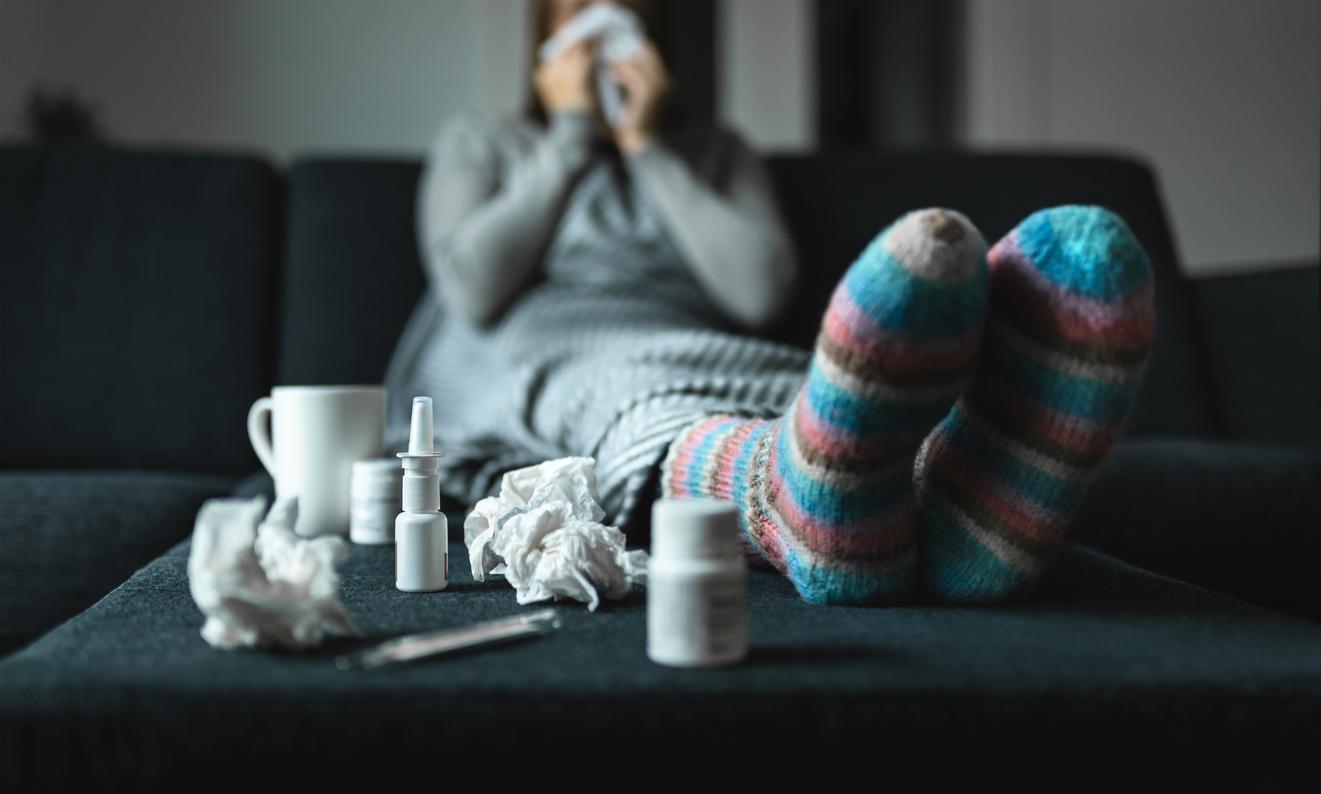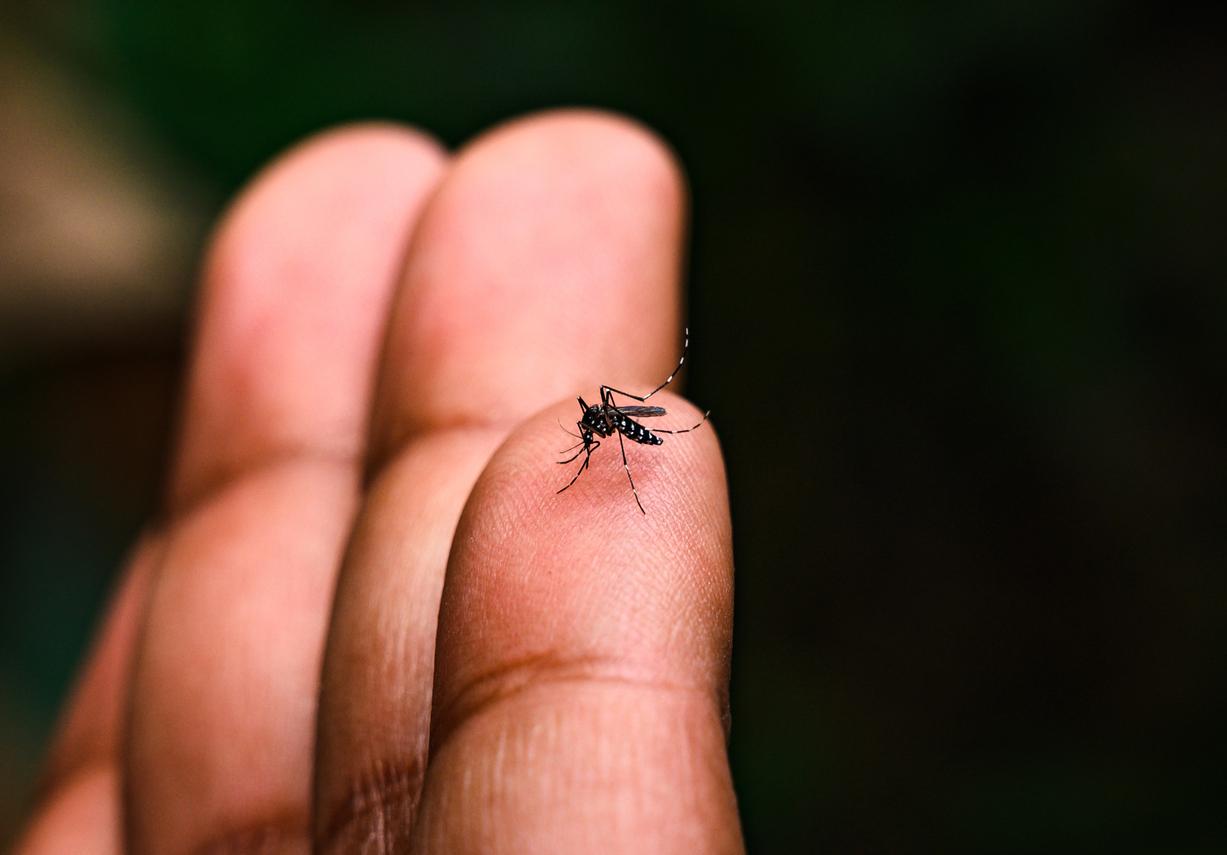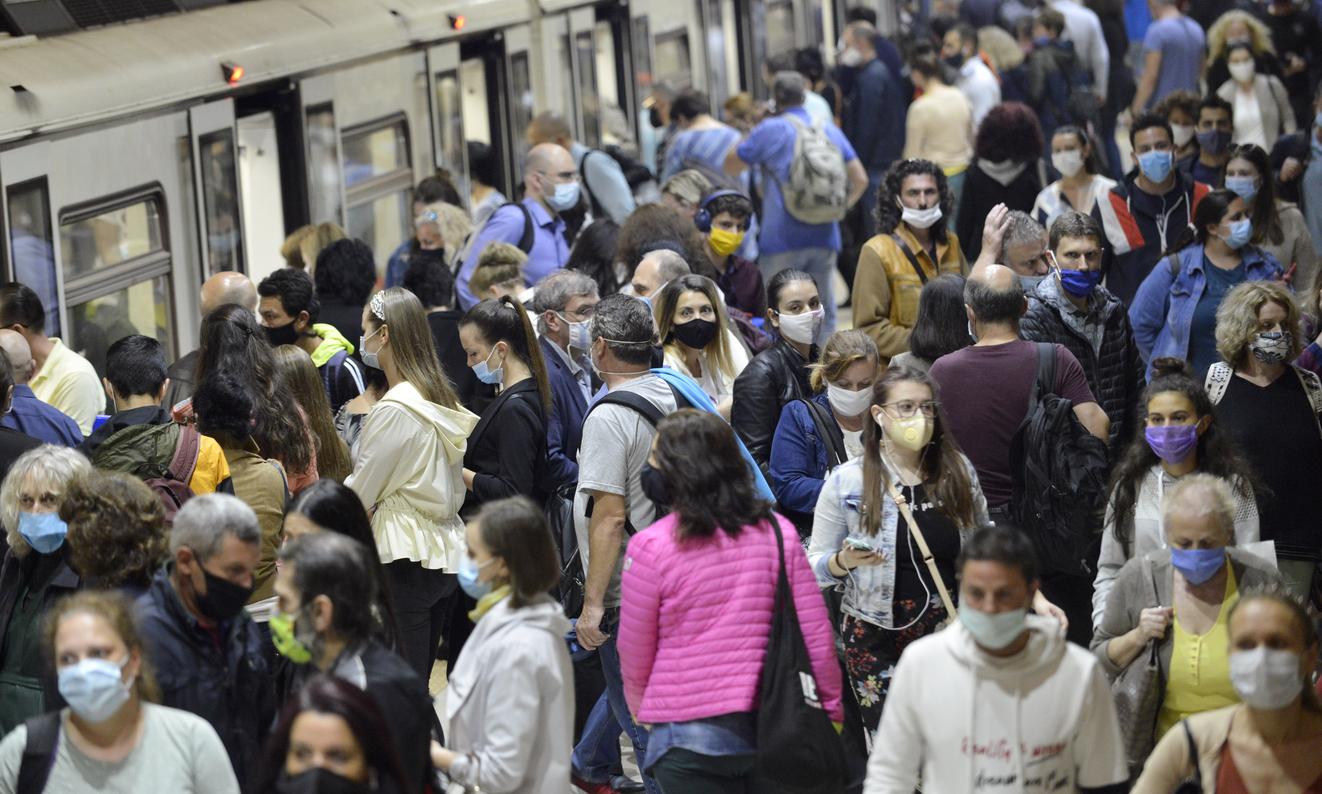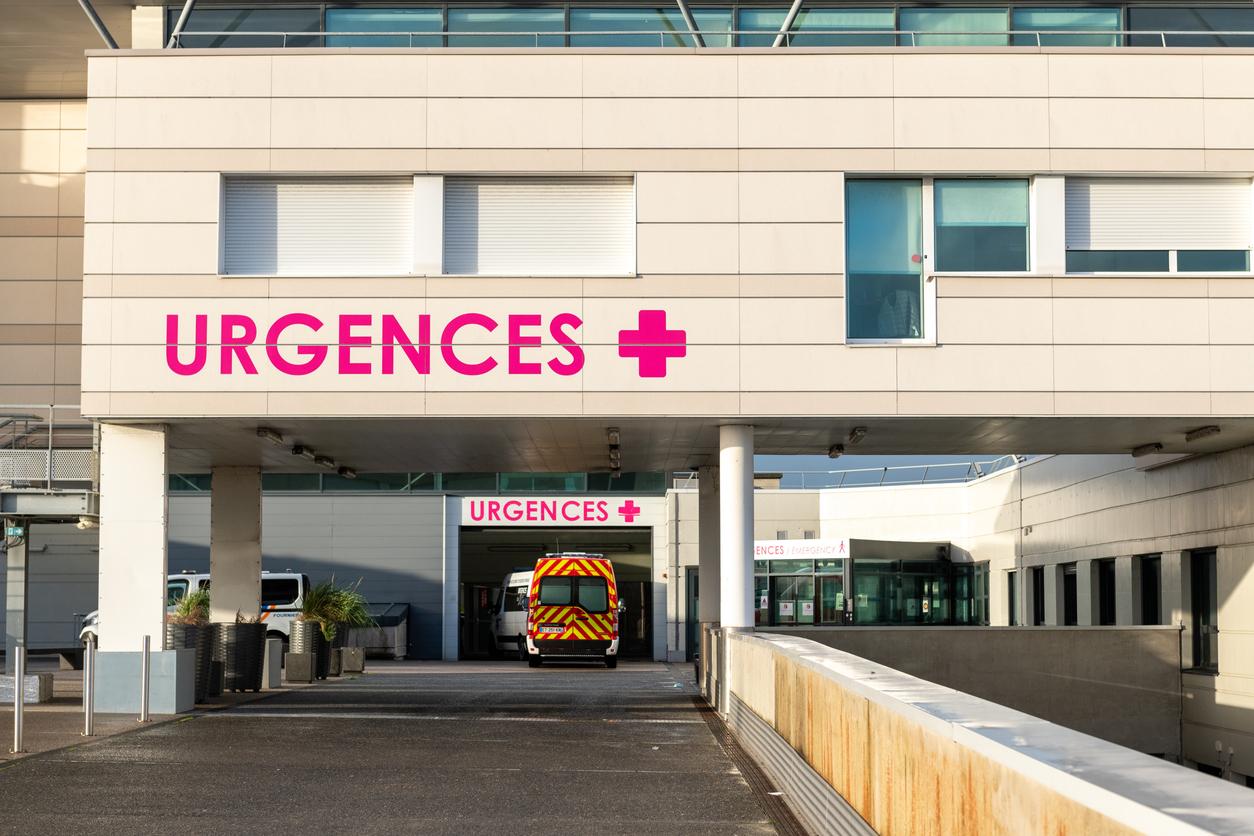The circumstances and the main places of contamination by the SARS-CoV-2 virus in France have been identified by the Institut Pasteur.

- The Institut Pasteur has studied the places and circumstances conducive to contamination by SARS-CoV-2
- Family, private and professional gatherings are among the most risky situations
Released Thursday, December 17, a new study from the Institut Pasteur*, baptized ComCor, supports the government decision to close bars and restaurants, and the recommendation to limit friendly, family or professional gatherings. “The objective of this study was to identify the socio-demographic factors, frequented places and behaviors associated with an increased risk of SARS-CoV-2 infection”, specify the authors in the preamble.
Contamination inside and outside the home
During contaminations within the household (35% of contaminations when the source person is known), it is above all for these adults contamination by the spouse (64% of cases). “The fact that children are a/or slightly symptomatic when they are infected may explain why they are not often identified as the source of the infection”, say the researchers.
For contamination outside the home (65% of contamination when the source person is known), it is above all contamination in the family circle (33%), then in the professional environment (29%) and finally in the friendly environment. (21%). Meals play a central role in these contaminations, whether in a family, friendly or, to a lesser degree, professional environment.
Conversely, telecommuting (compared to a person with a face-to-face office job), taking the bus or the tram, playing sports outdoors or having frequented shops (food, ready-to-wear, etc.) were not associated with an increased risk of SARS-CoV-2 infection during curfew or partial lockdown.
Risk of contamination according to professions
Compared to civil service executives who have a “medium risk” of contracting Covid-19, administrative and commercial executives, industrial workers, drivers and health or social work professions, had a higher risk of infection with SARS-CoV-2 during curfew or partial confinement. Be more likely to live in the same household, especially with children in nursery or schooling, have participated in a face-to-face professional meeting, practice carpooling, have frequented bars, restaurants or sports halls and finally have participated in a meeting privacy (friendly or family) have also been associated with an increased risk of being infected with the coronavirus.
Always compared to civil service executives, teachers (school or university), scientists, civil employees and civil servants, corporate administrative employees, students, farmers, men and women homemakers and those in public service had a lower risk of SARS-CoV-2 infection during curfew or partial lockdown.
Caution for the end of the year celebrations
According to Arnaud Fontanet, director of the epidemiology of emerging diseases unit at the Institut Pasteur and professor at the National Conservatory of Arts and Crafts: “This study shows the high risk of SARS-CoV-2 infection during meals and private gatherings. It will be very important to minimize this risk during the gatherings that will accompany the holiday season. year”.
These results should be viewed with great caution, as “they only concern the period of the curfew and that of confinement, and may be marred by significant bias due to the selection of the study population which represents only a small fraction of all infections, and the possibility that some responses were influenced by knowledge of the sick or non-sick status of the respondent”, specifies the Pasteur Institute.
“It remains, however, that these results are consistent with data from the literature for those that have already been reported in other studies, and consistent with what we know about the transmission of SARS-CoV-2”, conclude the researchers.
.















